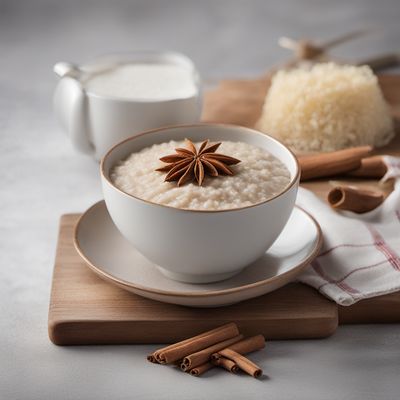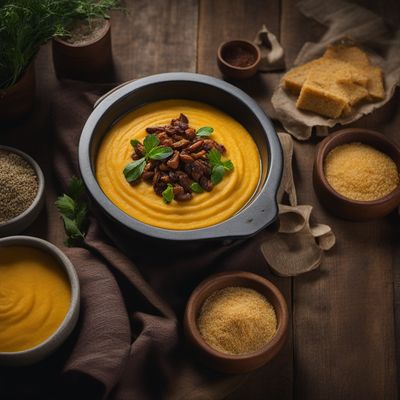
Dish
Grutjespap
Grits porridge
To make Grutjespap, groats are boiled with milk and sugar until it becomes a thick porridge. The porridge is often served with a dollop of whipped cream and a sprinkle of cinnamon. Grutjespap is a hearty and filling dish that is perfect for cold winter mornings.
Origins and history
Grutjespap has been a staple of Dutch cuisine for centuries. It was originally a way to use up leftover groats and milk, and was often eaten by farmers and laborers for breakfast. Today, it is still a popular breakfast dish in the Netherlands, and is often served with a variety of toppings such as fruit, nuts, or jam.
Dietary considerations
Grutjespap is not suitable for those with gluten intolerance or celiac disease, as it is made from groats. It is also high in carbohydrates and sugar, so it may not be suitable for those on a low-carb or low-sugar diet.
Variations
There are many variations of Grutjespap, depending on the region and the cook. Some recipes call for the addition of spices such as nutmeg or cloves, while others use different types of groats or add dried fruit or nuts.
Presentation and garnishing
Grutjespap is typically served in a bowl, with a dollop of whipped cream and a sprinkle of cinnamon on top. It can also be garnished with fresh fruit or nuts for added flavor and texture.
Tips & Tricks
To make Grutjespap, be sure to use a good quality groats and a flavorful milk. The longer you boil the groats, the more flavorful the porridge will be. Be sure to stir the porridge constantly while it is cooking to prevent it from sticking to the bottom of the pot.
Side-dishes
Grutjespap is often served with a side of fresh fruit or berries, such as blueberries or raspberries. It can also be served with a side of bacon or sausage for a more savory breakfast.
Drink pairings
Grutjespap pairs well with a variety of drinks, including coffee, tea, or hot chocolate. It can also be served with a glass of cold milk or a cold beer.
Delicious Grutjespap recipes
More dishes from this category... Browse all »
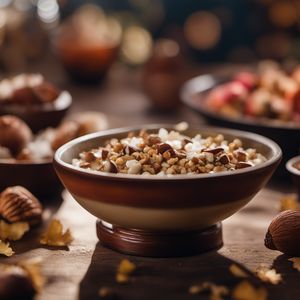
Acorn Mush
Native American cuisine
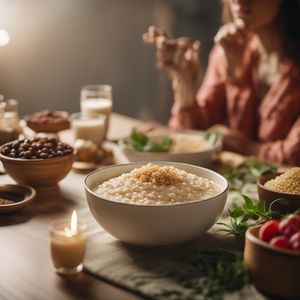
Ajdova kaša
Slovenian cuisine

Ajdovi žganci
Slovenian cuisine
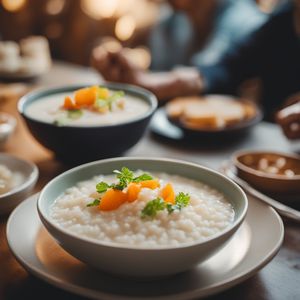
Babor
North African cuisine

Banosh
Ukrainian cuisine
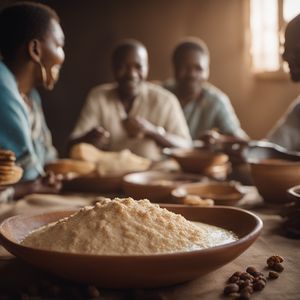
Bogobe jwa lerotse
African cuisine

Bohinjski žganci
Slovenian cuisine

Broodpap
Dutch cuisine
More cuisines from this region...

Belgian cuisine
Hearty, Flavorful, Savory, Sweet

French cuisine
Elegant, Sophisticated, Savory, Creamy

Luxembourgian cuisine
Hearty, Rich, Comforting, Flavorful, Savory

Monégasque cuisine
Fresh, Light, Flavorful, Mediterranean, Seafood-forward

Occitan cuisine
Hearty, Rustic, Flavorful, Savory, Comforting
